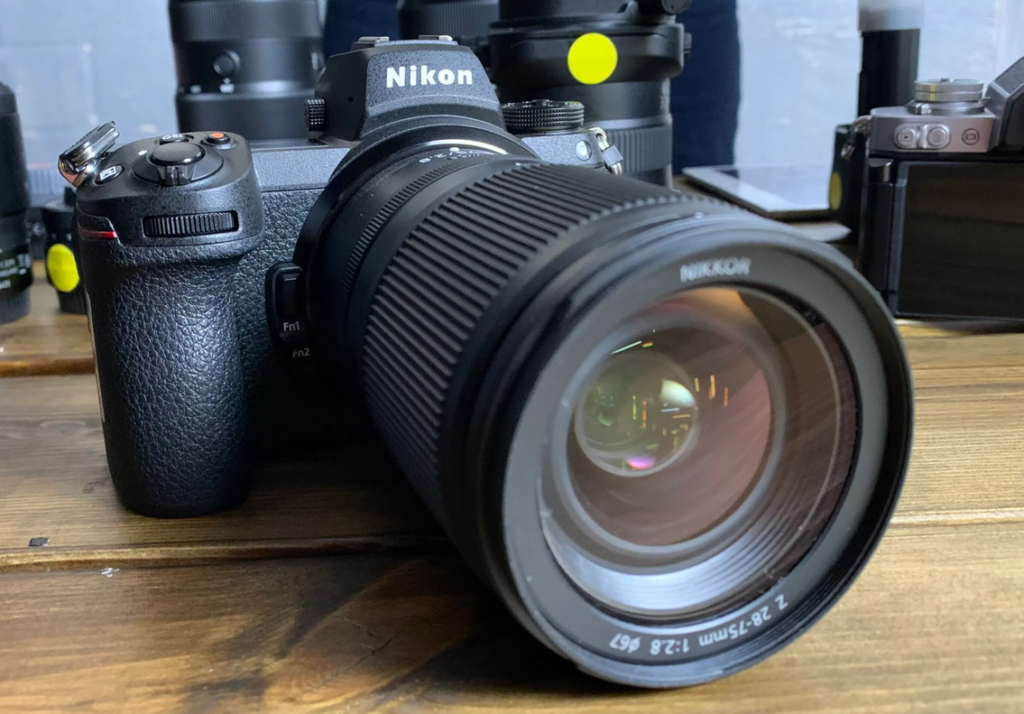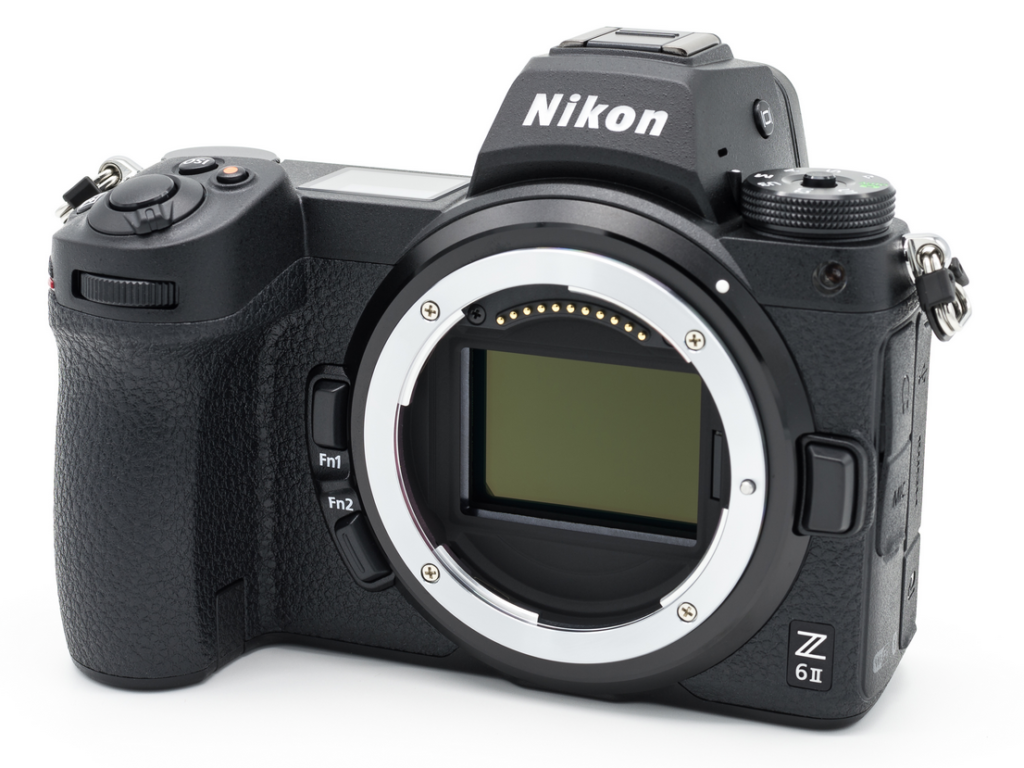The Nikon Z6 II is a highly regarded mirrorless camera, celebrated for its superior image quality, rapid autofocus system, and user-friendly operation. It’s an ideal choice for capturing everyday moments and is equally adept at both photography and videography. However, even with its impressive performance, users might occasionally face challenges, such as autofocus not working properly. This article is here to assist if you’re experiencing this issue with your Nikon Z6 II.
We will explore the various reasons why the autofocus might malfunction and offer practical solutions to resolve these problems. By identifying the root causes and applying the recommended fixes, you can restore the full functionality of your Nikon Z6 II’s autofocus system and continue enjoying a smooth photography or videography experience. Let’s delve into troubleshooting the autofocus issues of the Nikon Z6 II.
Nikon Z6 II Autofocus Not Working: Causes and How to Fix It
1. Incorrect Focus Mode
One of the possible causes of autofocus not working on your Nikon Z6 II is that you have selected an incorrect focus mode for your shooting situation. The Nikon Z6 II has several autofocus modes to choose from, depending on whether your subject is stationary or moving, and how you want to compose your shot. For example, if you are shooting a portrait of a person who is not moving much, you might want to use Single-point AF or Pinpoint AF to focus precisely on their eye.
However, if you are shooting a fast-moving subject, such as a bird or a car, you might want to use Dynamic-area AF or Wide-area AF (Small) to track their movement across the frame. If you use the wrong focus mode, your camera might struggle to acquire or maintain focus on your subject, resulting in blurry or out-of-focus images. Therefore, it is important to select the appropriate focus mode for your scene and subject before you start shooting.

You can change the focus mode by pressing the AF-mode button on the front of the camera and rotating the sub-command dial. You can also customize the function buttons to quickly access different focus modes.
2. Manual Focus Mode Activated
Another possible cause of autofocus not working on your Nikon Z6 II is that you have accidentally activated the manual focus mode. This mode allows you to adjust the focus manually by rotating the focus ring on the lens, but disables the autofocus system of the camera. You might have switched to manual focus mode unintentionally by pressing the FN2 button on the front of the camera near the lens mount, or by setting the lens control ring to focus. To check if you are in manual focus mode, look at the top LCD panel or the viewfinder display. If you see an M icon next to the focus mode indicator, it means you are in manual focus mode.
To switch back to autofocus mode, press and hold the FN2 button and use the rear command dial to scroll through the focus modes until you see AF-S (single AF) or AF-C (continuous AF) on the display. Alternatively, you can change the lens control ring function to something else, such as aperture, exposure compensation, or ISO. This will also enable the autofocus system of the camera.
3. Autofocus Lock Engaged
Another possible cause of autofocus not working on your Nikon Z6 II is that you have engaged the autofocus lock function. This function allows you to lock the focus on a specific subject or area, and prevent the camera from refocusing when you recompose or press the shutter button. This can be useful when you want to keep the focus on an off-center subject, or when you want to avoid the camera hunting for focus in challenging situations.
However, if you forget to release the autofocus lock, the camera will not adjust the focus for the next shot, which might result in out-of-focus images. To check if you have engaged the autofocus lock, look at the top LCD panel or the viewfinder display. If you see an AE-L/AF-L icon, it means you have locked the autofocus. To release the autofocus lock, you need to press the AE-L/AF-L button on the back of the camera, which is the default button assigned to this function. You can also customize the function buttons to access the autofocus lock function.
4. Low Light or Low Contrast Scenes
Another possible cause of autofocus not working on your Nikon Z6 II is that you are shooting in low light or low contrast scenes. These conditions make it harder for the camera to detect and lock on to your subject, especially if you are using a slow lens with a small maximum aperture. The Nikon Z6 II has a low-light sensitivity range of -4.5 to 19 EV, which is one stop better than what the Z6 can do. This should make the Z6 II more accurate to focus with in very dark conditions. However, even the Z6 II has its limits, and if the light level is too low or the subject contrast is too low, the camera might fail to focus or hunt back and forth. To improve the autofocus performance in low light or low contrast scenes, you can try the following tips:
- Use a fast lens with a large maximum aperture, such as f/2.8 or faster. This will allow more light to reach the sensor and increase the depth of field, making it easier for the camera to find focus.
- Use a higher ISO setting to boost the exposure and the contrast of the scene. However, be aware that this will also increase the noise and reduce the dynamic range of the image.
- Use a flash or an external light source to illuminate your subject and create more contrast. You can also use the built-in AF-assist illuminator or an external speedlight with an AF-assist beam to help the camera focus in very dark situations.

5. Lens Compatibility Issues
Another possible cause of autofocus not working on your Nikon Z6 II is that you are using a lens that is not compatible with the camera. The Nikon Z6 II features the Z-mount, which supports Nikon’s line of Z-mount lenses. These lenses are designed specifically for the Z-series cameras and offer the best performance and compatibility. However, if you want to use your existing Nikon F-mount lenses, you will need an optional FTZ Mount Adapter.
This adapter allows you to attach F-mount lenses to the Z-mount camera, but with some limitations. For example, some F-mount lenses may not support autofocus, vibration reduction, or other functions on the Z6 II. Therefore, it is important to check the compatibility of your lens before using it on the Z6 II. You can find a list of compatible lenses for the Z6 II on the Nikon website or on some third-party websites. If you are using a non-Nikon lens, such as a Sigma or Tamron lens, you should also check the manufacturer’s website for compatibility information. Some non-Nikon lenses may require a firmware update or a service to work properly on the Z6 II.
6. Dirty or Damaged Lens Contacts
Another possible cause of autofocus not working on your Nikon Z6 II is that the lens contacts are dirty or damaged. The lens contacts are the metal pins on the back of the lens and the camera mount that allow the lens and the camera to communicate and exchange information. If the lens contacts are dirty, dusty, or corroded, they might interfere with the autofocus signal and cause the camera to fail to focus or display an error message. If the lens contacts are damaged, bent, or broken, they might prevent the lens from attaching properly to the camera or cause a short circuit that affects the autofocus system. To check and clean the lens contacts, follow these steps:
- Turn off the camera and remove the lens.
- Use a blower to gently blow away any dust or lint from the lens contacts and the camera mount. Do not use compressed air, as it might damage the contacts or the camera.
- Use a soft, dry cloth to gently wipe the lens contacts and the camera mount. Do not use any solvents, liquids, or abrasive materials, as they might damage the contacts or the camera.
- If the lens contacts are still dirty or corroded, you can use a small amount of naphtha or lighter fluid to clean them. Apply the fluid to a clean cloth and gently rub the contacts. Then use another dry cloth to wipe away any residue.
- Reattach the lens to the camera and turn on the camera. Check if the autofocus works normally. If not, try a different lens or contact Nikon for service.
7. Camera Firmware Outdated
Another possible cause of autofocus not working on your Nikon Z6 II is that the camera firmware is outdated. The firmware is the software that controls the camera’s functions and performance. Nikon regularly releases firmware updates to fix bugs, improve compatibility, and add new features to the camera. If you are using an older version of the firmware, you might encounter some issues with the autofocus system, such as slow or inaccurate focusing, error messages, or compatibility problems with some lenses.
Therefore, it is recommended to update the firmware to the latest version to ensure the optimal performance and functionality of the camera. To check the firmware version of your camera, select [ Firmware version] in the camera [ SETUP MENU] and compare it with the latest version available on the Nikon website. To update the firmware, you will need a formatted memory card, a fully charged battery, and a computer with an internet connection.
You can download the firmware update file from the Nikon website and follow the instructions provided in the Supplementary Firmware Update Manual. Updating the firmware is a simple and quick process, but you should be careful not to turn off the camera or remove the battery or the memory card while the update is in progress, as this might damage the camera.
- Also Read: Nikon Z6 II Not Turning On: Causes and How To Fix It
- Also Read: Top 5 Nikon Z6 II Alternatives





